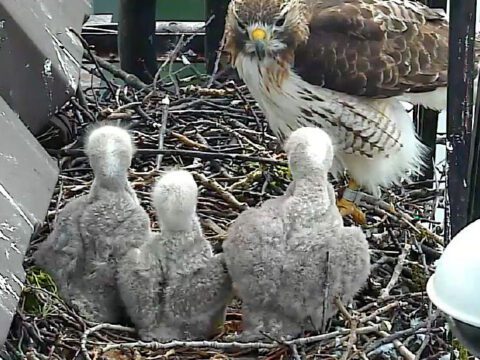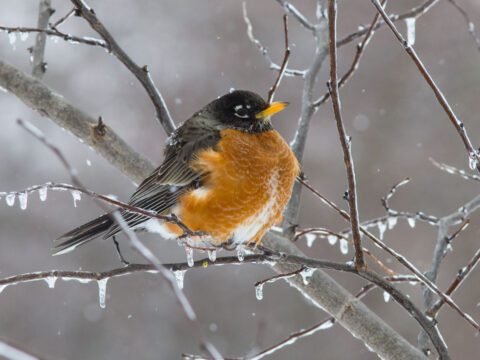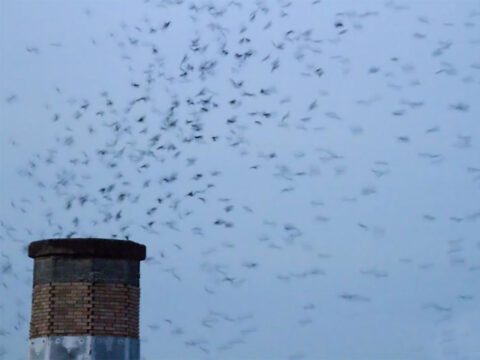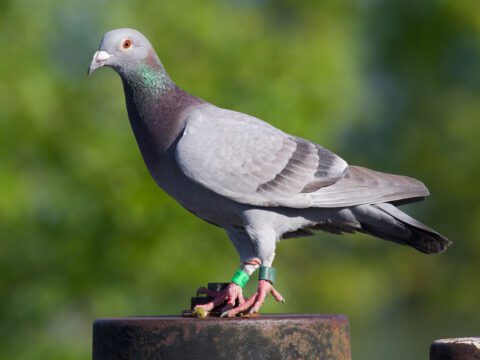Weighing the Fate of the Gunnison Sage-Grouse
By John Fitzpatrick, director of the Cornell Lab of Ornithology. See also his New York Times op-ed about this issue March 6, 2013UPDATE Nov. 12, 2014: The U.S. Fish and Wildlife Service announced their decision to list the Gunnison Sage-Grouse as Threatened under the Endangered Species Act. For more about what this decision means for the future of this species, see our tip sheet: Federal Listing of Gunnison Sage-Grouse as “Threatened” Is a Wise Compromise and Good Outcome for State and Local Recovery Efforts and this commentary by conservation science director Amanda Rodewald.
UPDATE 2: Owing to public interest, the Fish and Wildlife Service has extended the public comment period until April 2, 2013.
UPDATE: We received many requests from readers for information on how to submit a public comment on the proposed listing of the Gunnison Sage-Grouse. You can comment on this page anytime up to Tuesday, April 2, 2013. The page also includes links to the proposed rule (for reference) and other ways to comment. Our thanks to reader Erin Mooney for help finding this information.
The U.S. Fish and Wildlife Service has issued a call for public comments to inform their decision on listing the Gunnison Sage-Grouse. The deadline for comments is March 12, 2013.
The most remarkable discovery in a century of American ornithology came in the late 1990s, when scientists described a new species: the Gunnison Sage-Grouse. Hiding in plain sight across a swath of sagebrush in southern Colorado and Utah, the species had been hunted for food by generations of pioneers and twentieth-century ranchers. Yet it took an industrious graduate student named Jessica Young to recognize that this southerly population differed substantially in size, plumage, display behavior, and voice from the Greater Sage-Grouse that lives across the remainder of the West’s vast sagebrush country. The Gunnison Basin of western Colorado was home to the new species’ largest remaining population, and so it was named for that beautiful landmark.
There was little joy in this stunning discovery, however. It was instantly recognized that this flagship of the southern sagebrush country had disappeared from most of its ancestral range because of human impacts: habitat conversion for agriculture; oil and gas development; residential development; pinyon-juniper encroachment; and effects of invasive plants such as cheatgrass. Today, the Gunnison Sage-Grouse is our choice for the most biologically endangered bird species in North America. The need for legal protection under the Endangered Species Act is urgent.
Some private landowners, including those who lease public lands from federal agencies such as the Bureau of Land Management, have argued against listing Gunnison Sage-Grouse as an endangered species, and state agencies have tended to side with them. They cite the importance of voluntary conservation measures such as habitat set-asides and detailed monitoring.
Private landowners are indeed essential partners for conservation in the West, but the plight of the Gunnison Sage-Grouse now requires more than voluntary efforts. All the monitoring data, without exception, point to one unambiguous conclusion: Gunnison Sage-Grouse numbers are plummeting. Everywhere. This species is going extinct, right before our eyes. Nobody on any side of the listing debate questions the numbers—fewer than 5,000 birds. There are so few left that we essentially know where they all are, and we can count them as their numbers go down each year. Recent, prolonged drought across the western U.S. has reduced reproductive output, making matters even worse.
Today, the Gunnison Sage-Grouse is confined to seven genetically isolated populations in southern Colorado, plus one tiny population barely hanging on near Moab, Utah (see USFWS map). They are increasingly subject to the dreaded “extinction vortex”—loss of genetic variability reduces fertility and survival, which limits recruitment, thereby reducing numbers in the next generation. (The grouse’s unusual lek mating system makes them especially prone to this, because only a few males breed in any generation.) As populations become tiny, genetic variability shrinks even further, and random effects such as storms, drought, or even one especially savvy coyote, have greater and greater probability of extirpating the population entirely.
In the face of these threats, and considering that no major population is fully protected or stable—in the wild or in captivity—Gunnison Sage-Grouse must rank as the most biologically endangered bird species in all of continental North America. The only other serious candidates are California Condor, Whooping Crane, and Kirtland’s Warbler, but all three of these species are beneficiaries of copious federal spending, public-private partnerships, and captive breeding or parasite control. And they all now have steadily growing populations within large, protected landscapes.
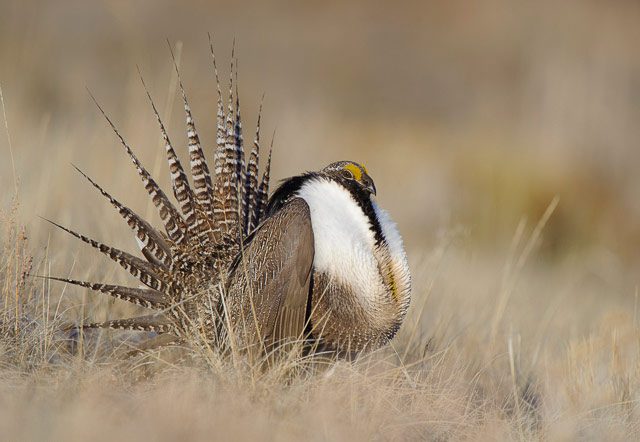
In 2006 the U.S. Fish and Wildlife Service declined to place Gunnison Sage-Grouse on the Endangered Species List. In 2010, in response to a lawsuit, the Service issued a “warranted but precluded” finding—the correct first step. We believe it is time to take the next step, as no serious biologist can escape the conclusion that this species meets all the criteria for Endangered listing under the Endangered Species Act.
Examining the facts rationally, we can reach only one conclusion in this case.
- 1. Efforts by public agencies and private landowners to stem the declines and stabilize local populations of Gunnison Sage-Grouse (e.g., private land easements, voluntary conservation plans, community education) have failed.
- 2. The Gunnison Sage-Grouse is now in imminent danger of a series of local population collapses which, when they occur, will result in extinction of the species.
- 3. The Endangered Species Act has repeatedly proven itself to work extremely well, especially for high-profile species that are threatened by forces we understand and can reverse.
- 4. Gunnison Sage-Grouse is an American emblem worthy of investment and preservation. It is a flagship for the uniquely American sagebrush ecosystem; it will stand forever as a stirring discovery of a new North American species in the modern age; and it is widely invoked as a classic example of how, under certain social and ecological conditions, evolution produces distinctive behavior and ornamentation in isolation.
Conclusion: It is now urgent that the Gunnison Sage-Grouse be listed as an Endangered Species, and that a Recovery Team be assembled and charged with fast-tracking a series of recommended steps for halting the decline and imminent extinction of this remarkable bird.

All About Birds
is a free resource
Available for everyone,
funded by donors like you
American Kestrel by Blair Dudeck / Macaulay Library

